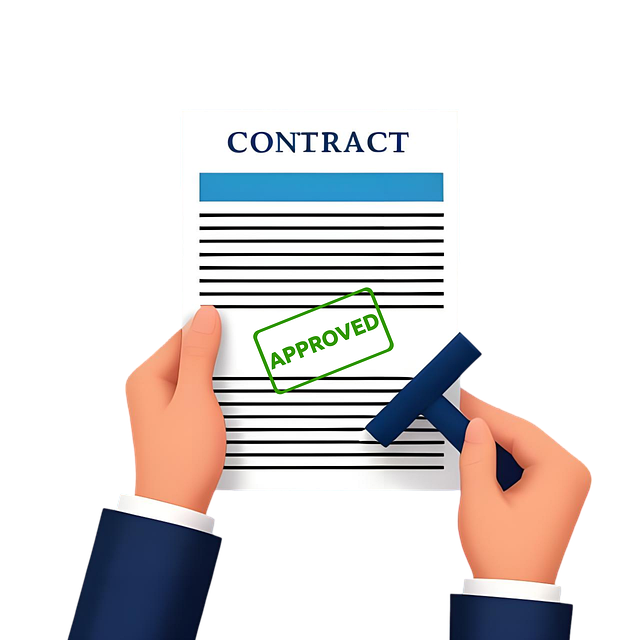Selecting DOT compliance is crucial for trucking businesses to meet safety standards, mitigate risks, and stay ahead in a competitive market. It involves adhering to rigorous regulations on vehicle maintenance, driver fitness, and hazard communication. Early adoption offers advantages in operational efficiency, regulatory adaptation, and supply chain security. A robust framework includes staying informed, using technology solutions, and prioritizing employee training. Regular audits, continuous improvement, and data-driven insights ensure compliance, enhance safety, minimize penalties, and boost reputation.
In today’s dynamic business landscape, future-proofing your operations is paramount. One often overlooked yet critical aspect is Select DOT Compliance—ensuring adherence to Department of Transportation (DOT) regulations. This article guides you through essential elements like understanding basic compliance, leveraging early adoption for competitive edge, adopting robust frameworks, adapting to evolving regulations, and the role of technology in streamlining processes. Learn how to measure success and foster continuous improvement for a resilient business future.
- Understanding DOT Compliance Basics
- Benefits of Early Adoption for Businesses
- Key Components of a Robust Compliance Framework
- Adapting to Changing Regulations: Strategies
- Technology's Role in Streamlining DOT Processes
- Measuring Success and Continuous Improvement
Understanding DOT Compliance Basics

Understanding DOT Compliance Basics
DOT compliance, or selecting DOT compliance as a business strategy, involves adhering to the Department of Transportation’s (DOT) safety regulations to ensure the secure and efficient transportation of goods and people. It encompasses various aspects such as vehicle maintenance, driver fitness, and hazard communication, among others. By embracing DOT compliance, businesses not only mitigate risks but also contribute to a safer transportation network.
This involves regular dot compliance audits to verify adherence to standards, effective implementation of dot accident investigation procedures for any incidents, and strict enforcement of dot fatigue management regulations to prevent driver-related accidents. Businesses must remain proactive in staying updated with DOT’s evolving guidelines to future-proof their operations, ensuring long-term sustainability and success in the competitive transportation industry.
Benefits of Early Adoption for Businesses

Early adoption of Select DOT Compliance offers businesses a competitive edge by enhancing their operational efficiency and ensuring they stay ahead of regulatory changes. By embracing dot compliance as a strategic initiative, companies can streamline their supply chain security measures, minimizing potential disruptions and costly fines. This proactive approach allows for better internal processes, enabling shippers to navigate the complex world of DOT regulations with ease.
Additionally, businesses that implement these practices gain valuable insights into their operations, allowing them to identify areas for improvement. DOT compliance audits facilitate a thorough understanding of current procedures, leading to the adoption of best practices and more robust supply chain management. With these tips for shippers, companies can future-proof their operations, ensuring they remain compliant and competitive in an ever-evolving market.
Key Components of a Robust Compliance Framework

A robust compliance framework is essential for any business aiming to future-proof itself, especially in industries like trucking where regulatory changes can significantly impact operations. When it comes to Select DOT Compliance, several key components form the backbone of a comprehensive strategy. Firstly, staying informed about the latest safety regulations for the trucking industry is paramount. This involves regularly reviewing and understanding federal and state laws, ensuring your business adheres to the most current standards set by bodies like the Department of Transportation (DOT).
Secondly, integrating technology solutions can greatly enhance regulatory compliance for carriers. Digital tools can automate data collection, track vehicle maintenance, and monitor driver behavior, making it easier to stay in line with safety protocols. Furthermore, prioritizing employee training on these regulations is vital. Educated staff are better equipped to identify potential non-compliance issues, ensuring a proactive approach to truck driver health and wellness and overall operational safety.
Adapting to Changing Regulations: Strategies

In today’s dynamic business landscape, staying ahead of changing regulations is non-negotiable for companies aiming to remain competitive and avoid costly penalties. The Department of Transportation (DOT) compliance, in particular, presents a complex yet crucial aspect that requires constant adaptation. To effectively navigate these shifts, businesses must embrace proactive strategies. One effective approach involves conducting regular DOT compliance audits. These audits not only identify existing gaps but also serve as valuable tools to predict and prepare for future regulatory changes. By thoroughly understanding the evolving standards, companies can implement necessary updates to their operations, including crucial safety measures in commercial vehicle inspections.
Moreover, fostering a culture of continuous improvement is essential. Businesses should encourage open communication among stakeholders to ensure everyone remains informed about the latest DOT requirements. Regular training sessions and workshops can help employees stay abreast of these changes and understand their roles in maintaining compliance. Equipping them with the knowledge on how to stay DOT compliant fosters accountability and ensures that every aspect of the business, from maintenance procedures to driver protocols, aligns seamlessly with the ever-changing regulatory framework.
Technology's Role in Streamlining DOT Processes

In today’s digital era, technology plays a pivotal role in streamlining DOT (Department of Transportation) processes, making it easier for businesses to future-proof their operations. Advanced software solutions and online platforms have revolutionized how companies manage compliance, particularly in areas such as cargo security and safety protocols. These tools automate tasks like tracking shipments, updating regulatory information, and ensuring adherence to emergency preparedness protocols, thereby reducing manual effort and minimizing errors.
By leveraging technology, businesses can also simplify the dot medical card renewal process, which is crucial for maintaining a healthy workforce. Digital platforms allow for efficient verification of medical cards, renewal notifications, and easy updates to employee health records. This not only saves time but also enhances overall operational efficiency, enabling companies to focus on their core business activities while staying fully compliant with DOT regulations.
Measuring Success and Continuous Improvement

Measuring success and implementing continuous improvement are vital components when future-proofing your business with DOT compliance. By selecting a comprehensive DOT compliance solution, such as those offered by reputable service providers, companies can track their progress and identify areas for enhancement. This involves regularly reviewing adherence to FMCSA guidelines, including dot drug testing policies, and ensuring compliance with the latest safety regulations for the trucking industry.
Through data-driven insights, businesses gain a competitive edge by optimizing operations, reducing risks, and fostering a culture of safety. Regular audits and feedback loops allow for continuous adjustments to DOT compliance practices, aligning your company with evolving standards set forth by regulatory bodies. This proactive approach not only minimizes the likelihood of penalties but also enhances the overall efficiency and reputation of your trucking business in an increasingly competitive market.
By embracing early adoption of DOT compliance, businesses can future-proof their operations and stay ahead of the curve. This article has explored the fundamental principles, strategic advantages, and technical solutions that form the backbone of an effective compliance framework. From understanding key components to leveraging technology for streamlined processes, each step is crucial in navigating the ever-changing regulatory landscape. By measuring success through continuous improvement, businesses can ensure their DOT compliance remains robust and adaptable, ultimately fostering a competitive edge in today’s dynamic market. When selecting DOT Compliance solutions, prioritize a comprehensive approach that addresses current needs while future-proofing your business against emerging regulations.
